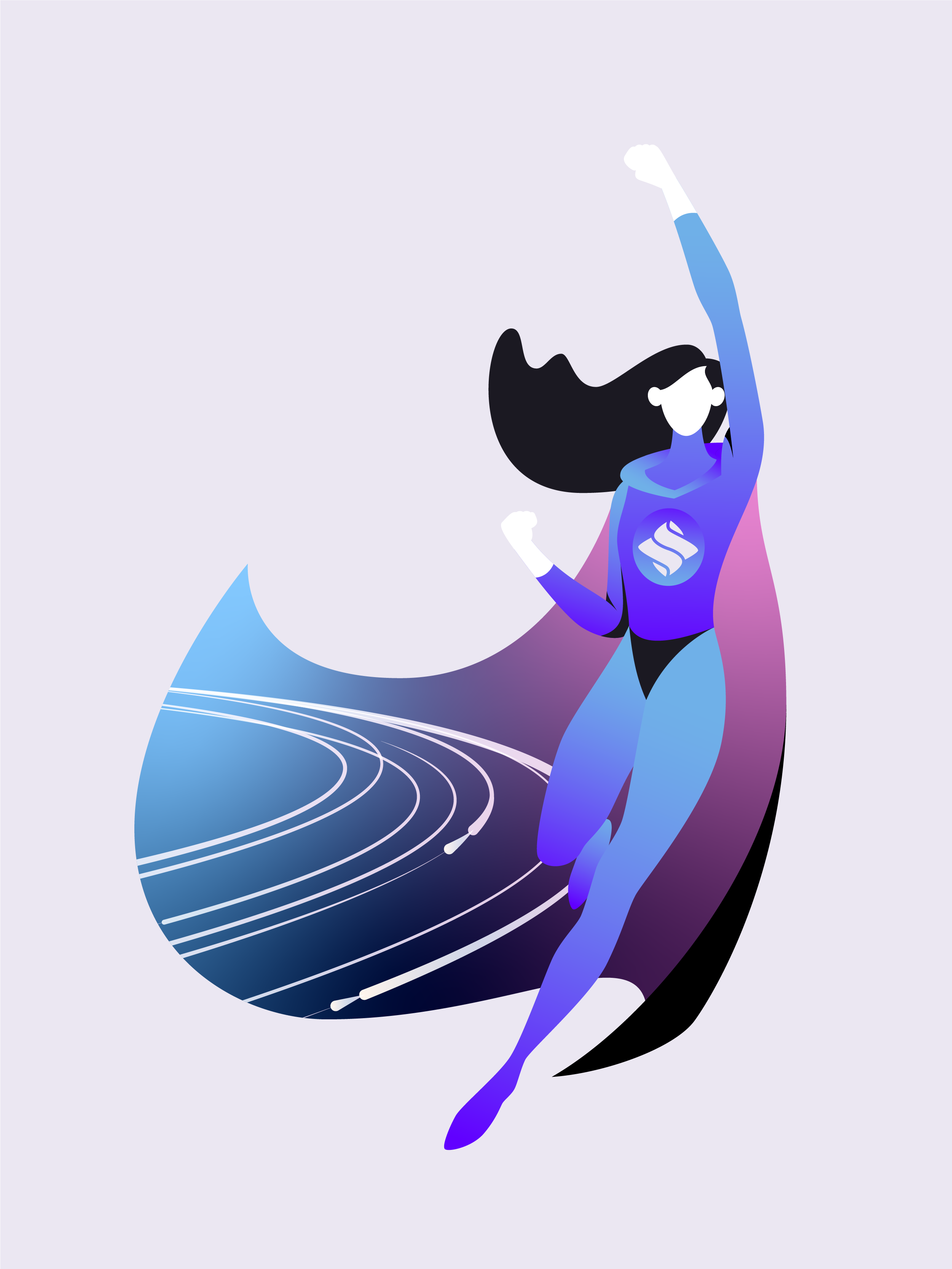Data rules the world we live in
Whether it be to pay for goods and services or in how we share with one another, data conveys a great deal of information that helps us better understand and interact with the world around us.
With the rise of the internet, data has taken center stage, influencing our decisions and shaping various aspects of our lives. The data created from everything we do online is collected and stored by large corporations, who use it to tailor our experiences. With one click, we can order groceries, buy clothes, look up flights, communicate with each other, and so much more, all from the convenience of our homes.
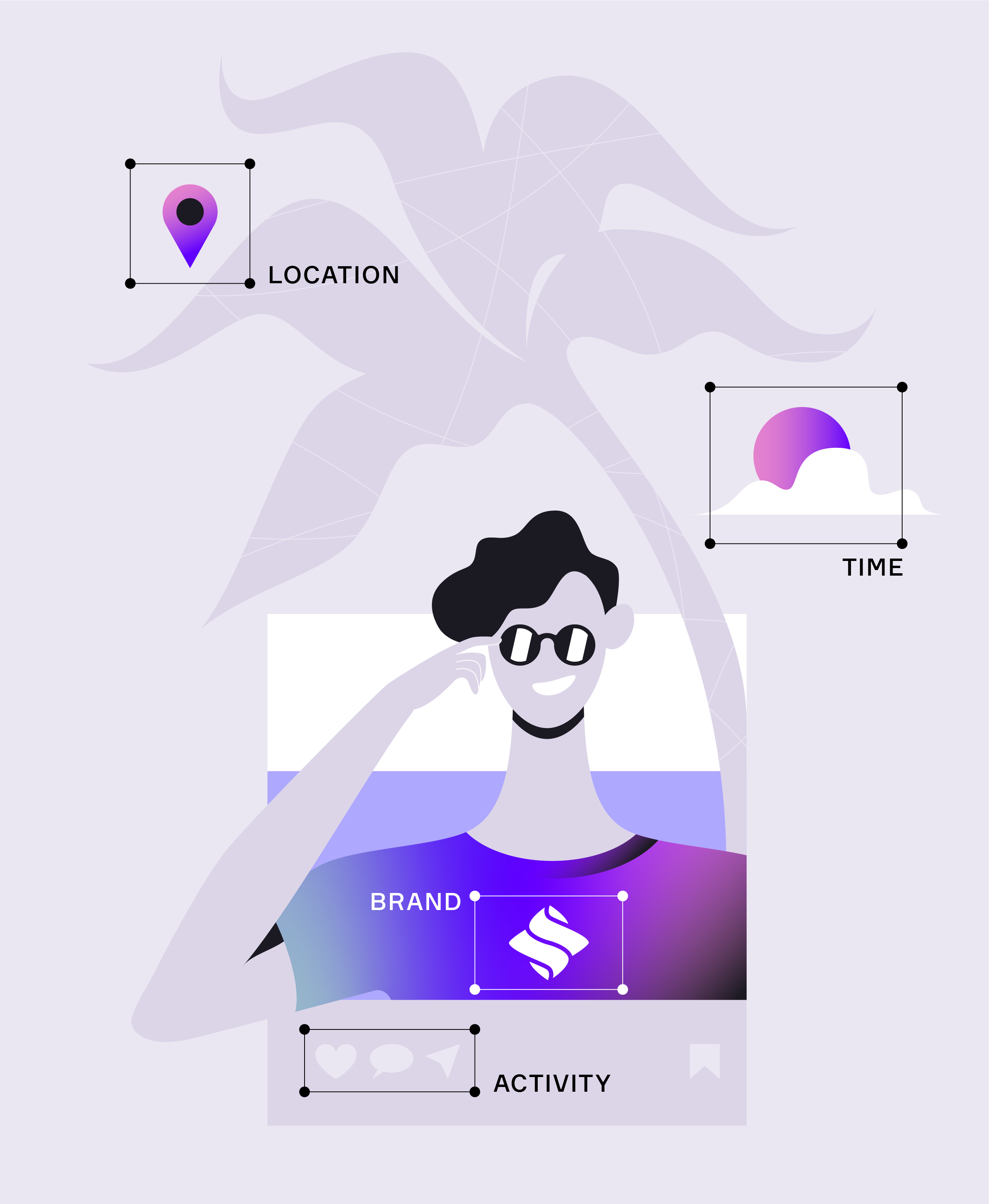
Data has become one of the most important commodities produced today. It informs decision-making and drives progress in many fields. It is used to refine products and services. It enhances our understanding of the world around us.
We have long relied on centralized institutions to handle inordinate amounts of data. These parties hold a lot of power because they can change, block, and manipulate not just your access to data, but also your ability to send and receive it.
The fact of the matter is, we shouldn’t have to trust a centralized entity to access information or share it.
Blockchain technology offers us a way to stop relying on centralized institutions by providing a decentralized platform for accessing and sharing data. Instead of relying on a single entity to manage data, blockchain technology distributes this responsibility across a network of computers, known as nodes. Because the network is decentralized, it makes it more difficult for any individual or group to manipulate the data. Blockchain systems are permissionless and open to all, meaning anybody can participate in the network, regardless of who they are or where they come from.
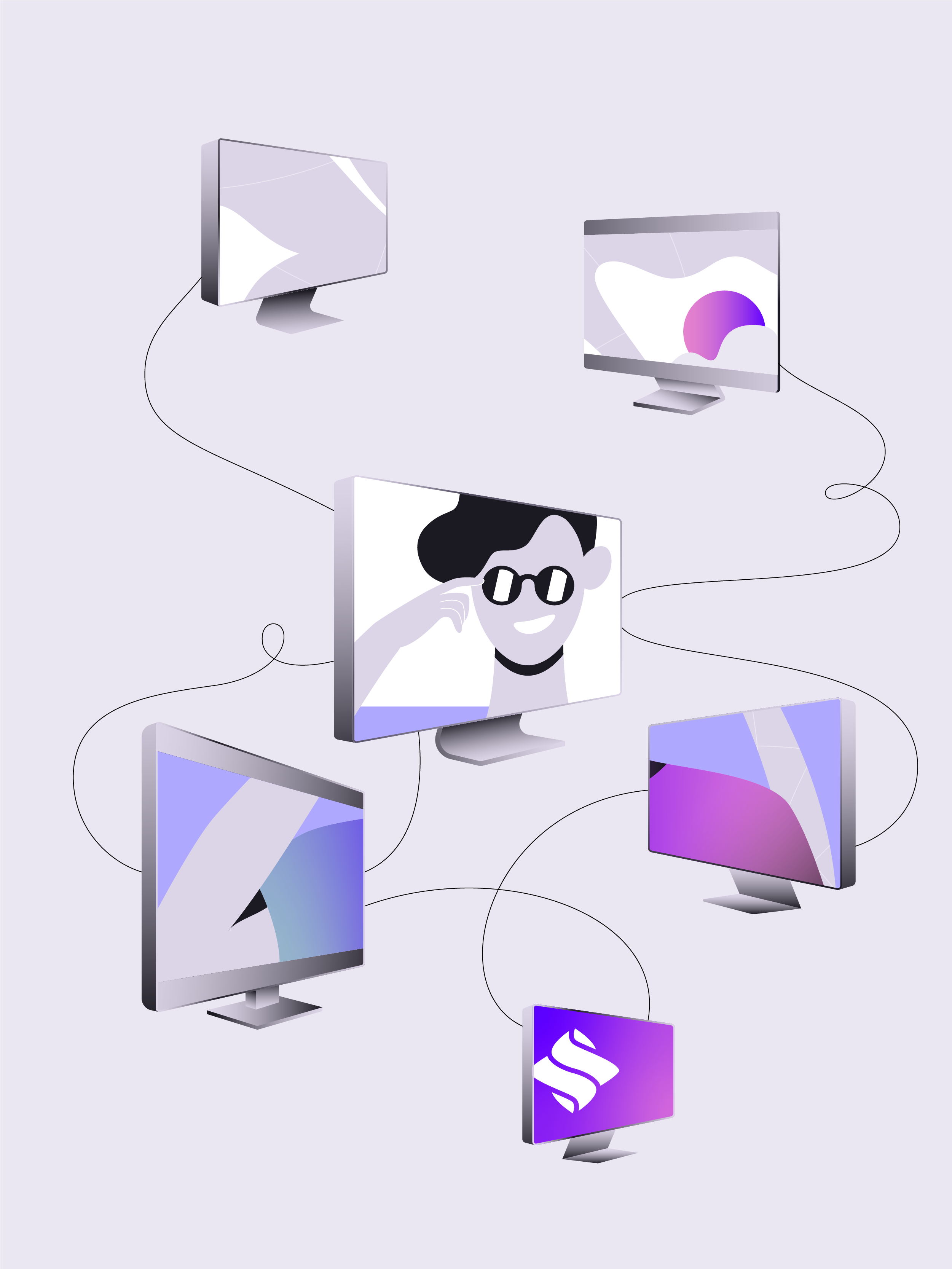
By eliminating the need for centralized institutions to manage and control data, blockchain technology has the potential to democratize the way we access and share information. But it still has a long way to go before it can fully do this. One of the main challenges blockchain protocols face today is the ability to send data from one point to another in a secure way, whether it’s between parties on-chain, or from on-chain to off-chain (and vice versa).
This can, in turn, make it difficult for blockchain protocols to be scalable, slowing down development and mainstream adoption of the technology.
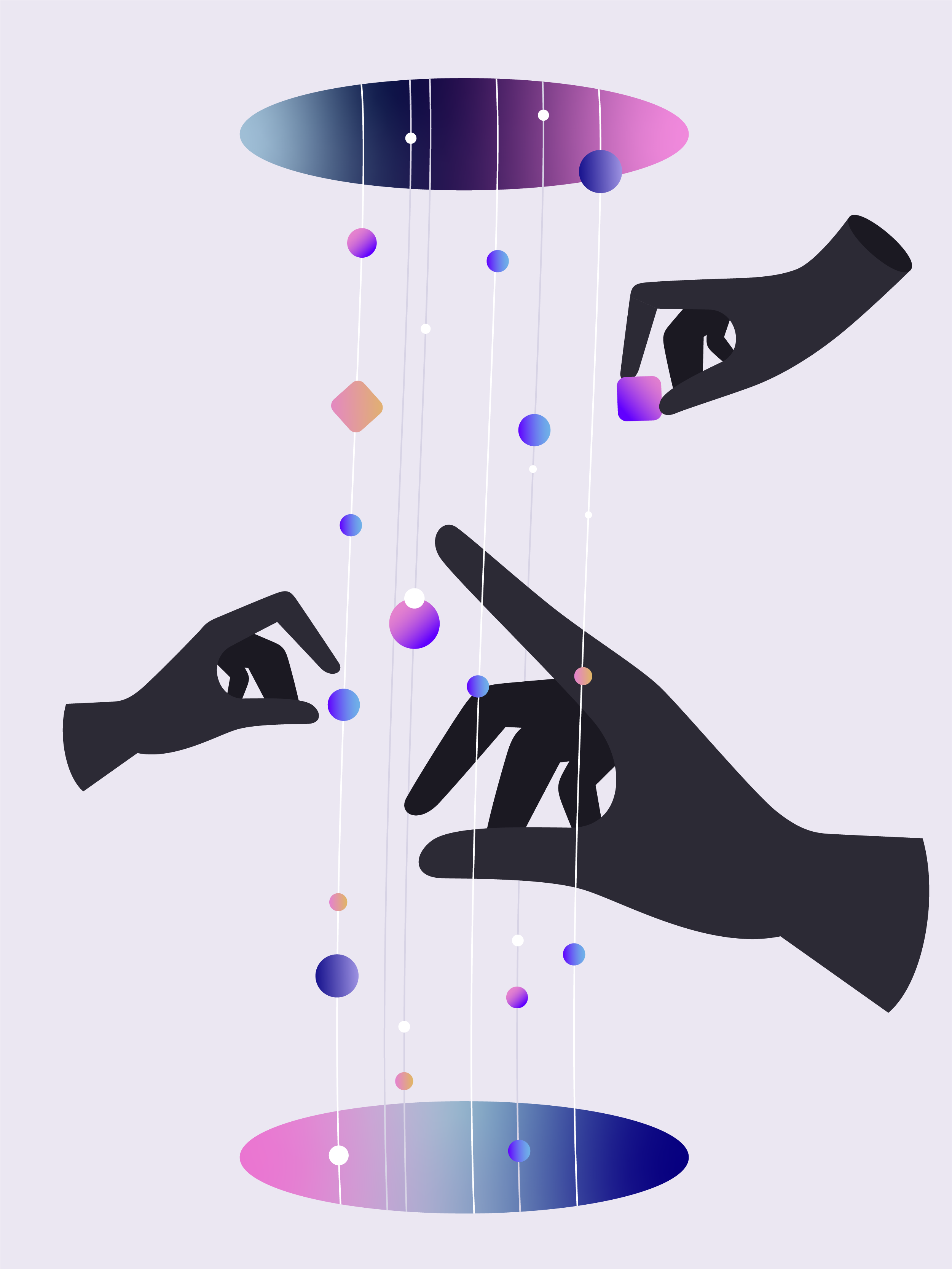
Let’s take the example of email. Thanks to email and cryptographic signatures, anyone can send and receive information to or from another party. So you know the email you sent to your grandmother from one email service will end up in her inbox connected to another email service. You can also verify an email’s authenticity by verifying its signature.
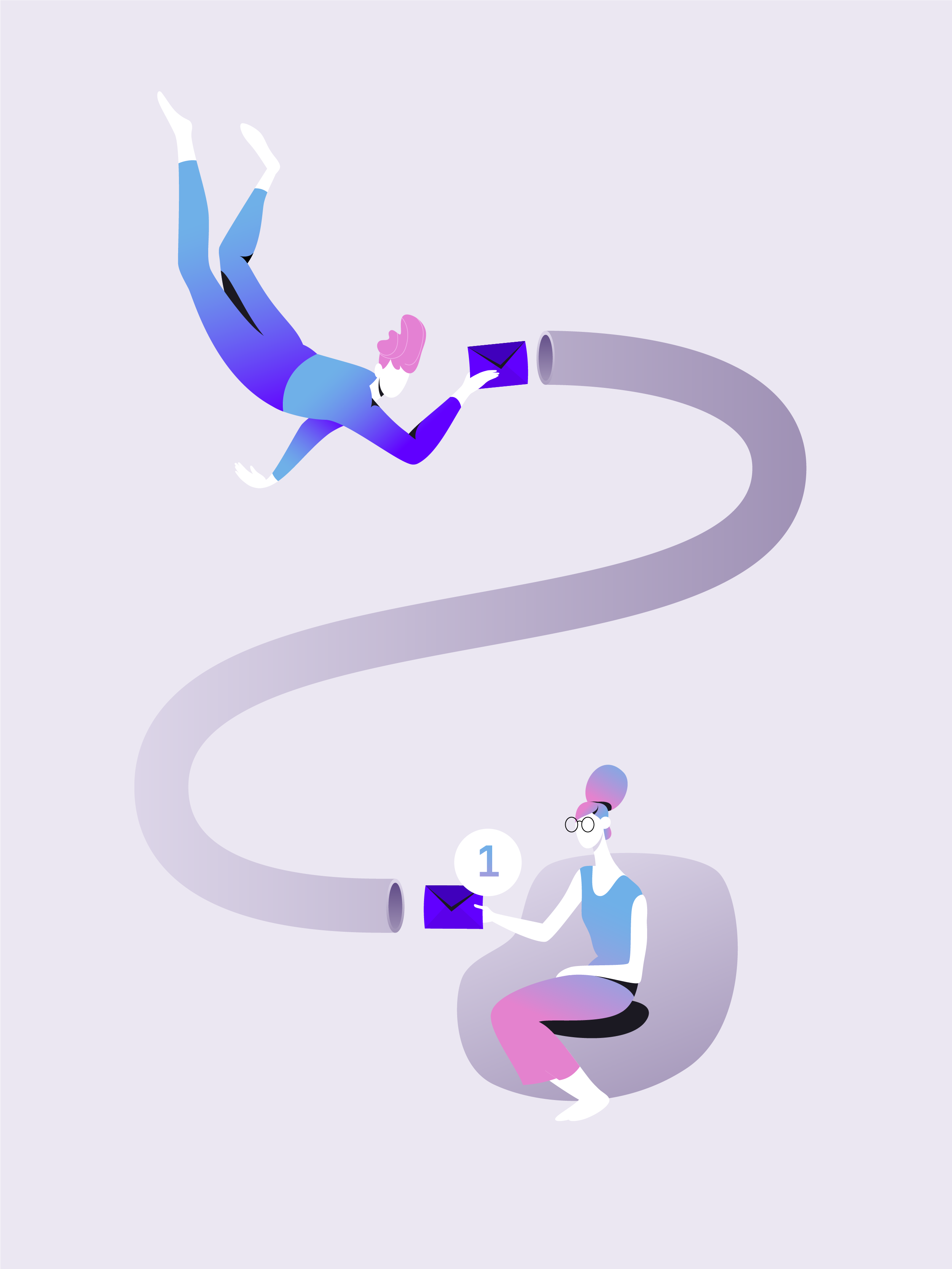
But imagine an email system where if you tried to send an email from one email service to a different one, it would fail to send. Or if there was a middleman that had the ability to change the content of your email before it got to its intended recipient.
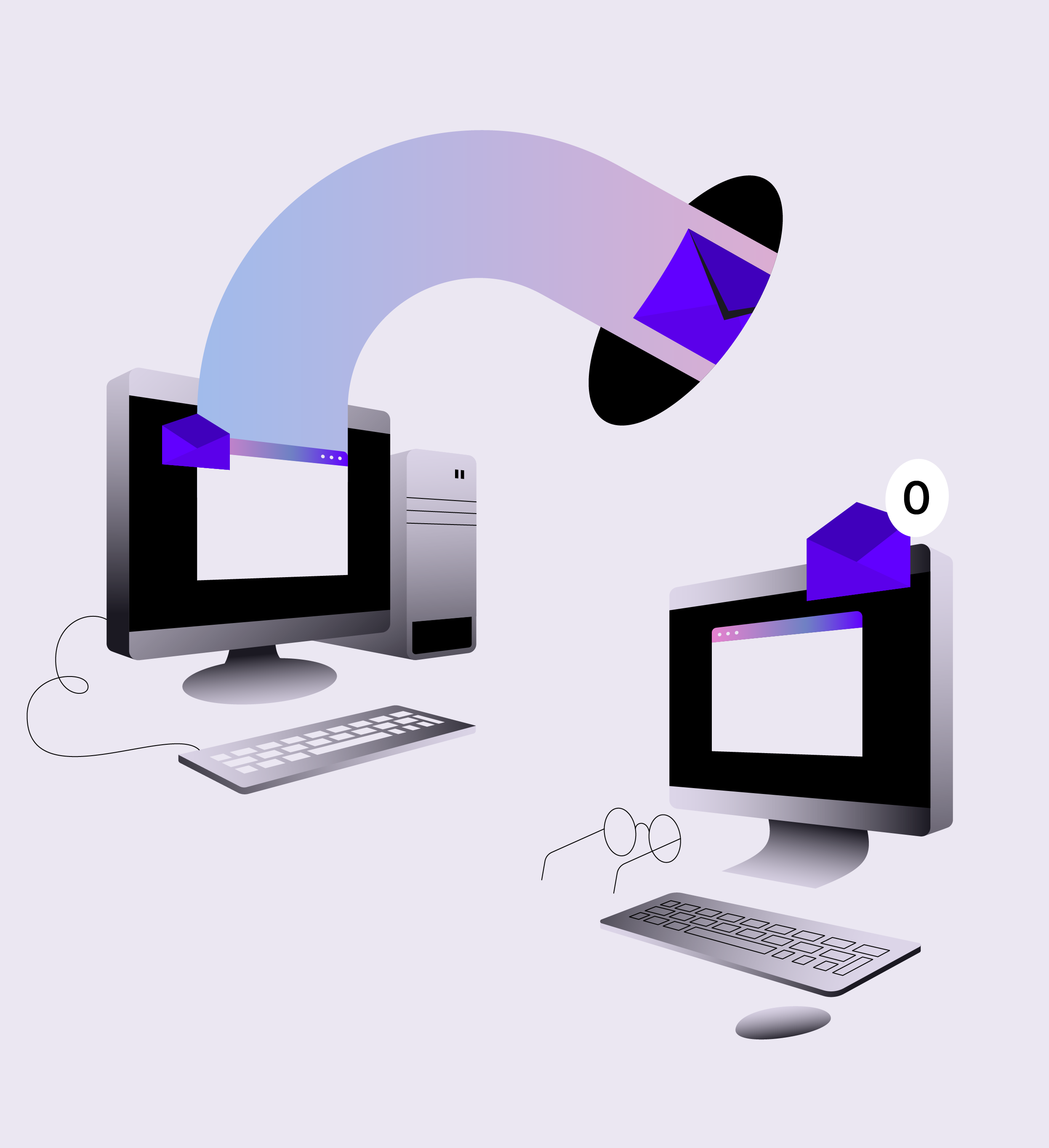
In order for blockchains to be scalable, they must be able to communicate and exchange data in a seamless, consistent and secure manner, just like how email services must be able to send emails back and forth. To do this, there needs to be a protocol to standardize data transmission to and between blockchain protocols.
Enter SEDA.
SEDA is an oracle, a decentralized network designed to bring data from the real world onto the blockchain.
Oracles like SEDA can help to address scalability issues by enabling the integration of external data and events into smart contracts. A smart contract is a collection of coded instructions that is guaranteed to execute a specific piece of code based on certain conditions.
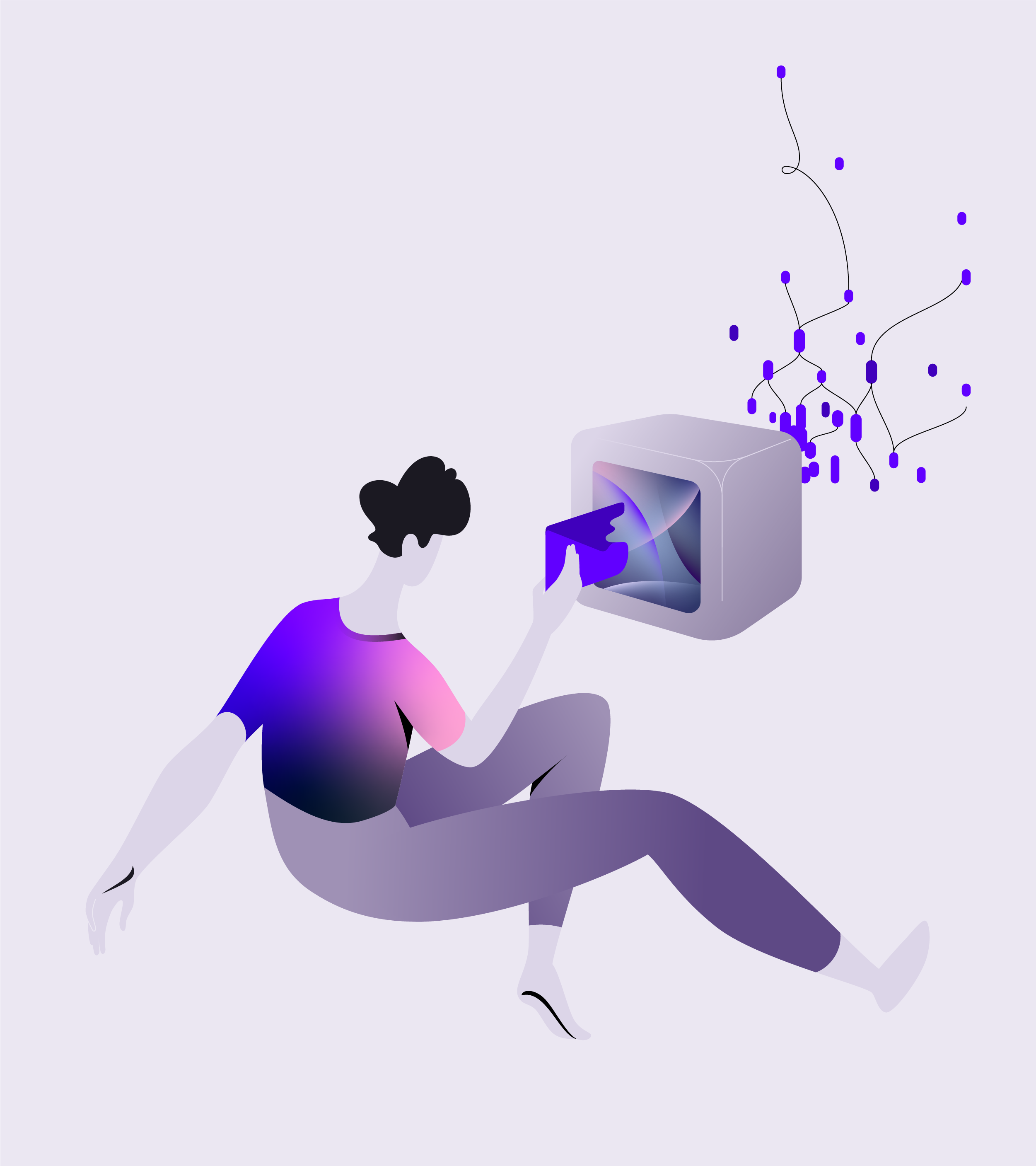
But because smart contracts live on the blockchain, they don’t have direct access to information from the external world. Smart contracts are also only as reliable as the data that is used to execute them, and this data must be verifiable and trustworthy.
This is where the oracle comes in.
An oracle is a special type of messenger that can fetch information from the outside world and safely bring it to the smart contract, on-chain. This information could be anything, like the price of a stock, the result of an election, or the temperature in a certain city.
However, in their current form, most oracles have inherent risks such as centralization risks, leading to a form of custody over the protocols they provide data to and security guarantees that are difficult to scale. As the number of new blockchain ecosystems grow exponentially, oracle providers must redeploy their software to new blockchains, which can cause potential unknown security vulnerabilities.
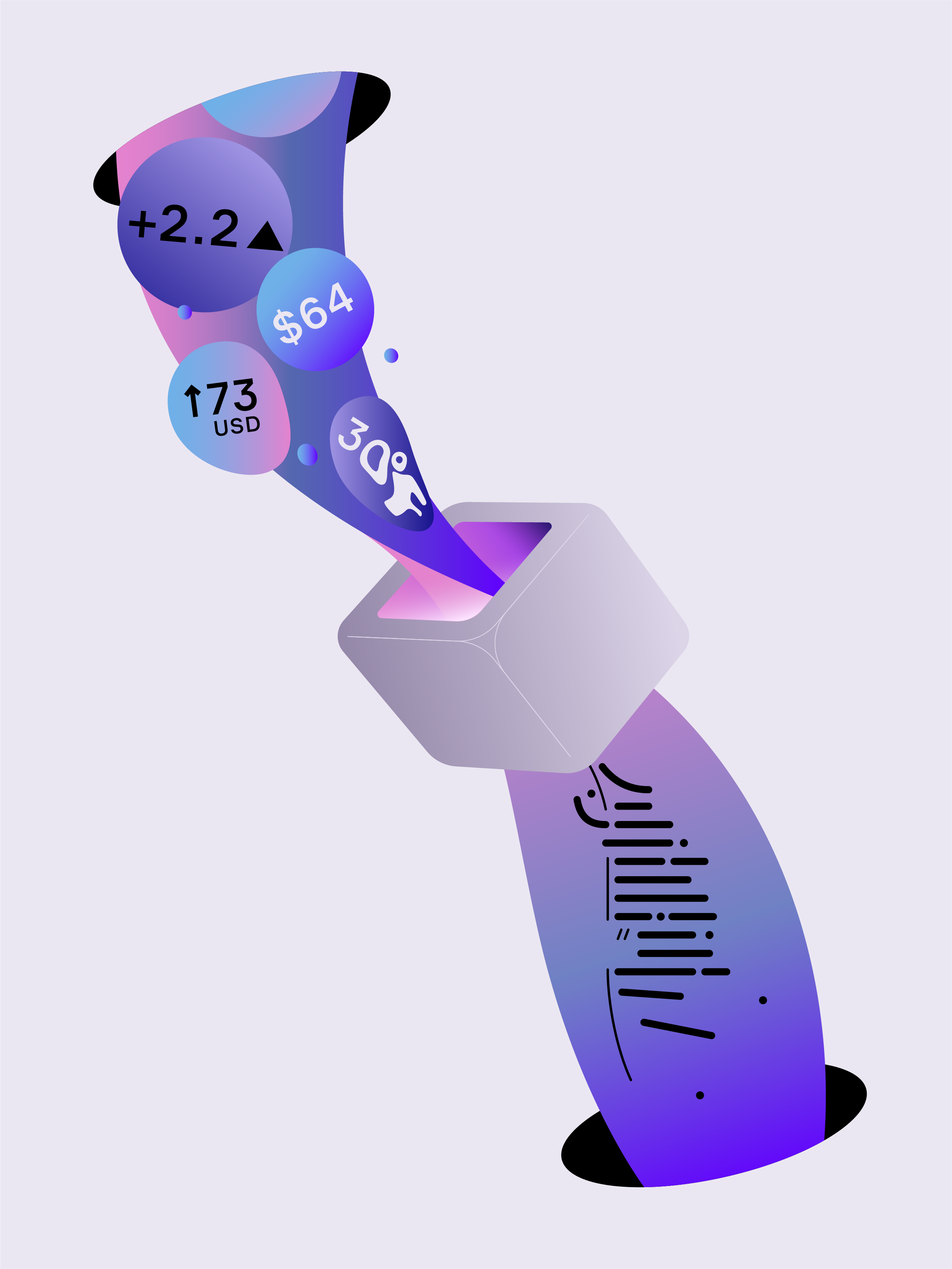
SEDA is a trustless data layer that acts as a bridge between the blockchain and the real world, making it possible for all integrated parties to carry out data requests, connect to any data source and query its data in a fully permissionless way.
SEDA does not create data or ensure the data is correct. Rather, it ensures the data can pass through the system in a secure and trustless manner by providing a channel for external data and information to flow to and between any blockchain. SEDA is flexible and adaptable, able to fetch a wide variety of data from different sources and formats, and provide it to the smart contract in a usable form.
SEDA also equips developers with the tools to secure their data using their own custom requirements through configurations called programs. These programs dictate how the SEDA network consumes and formats data before returning it to the data requester.
Let’s take a simplified peek into what a data request looks like in the SEDA network.
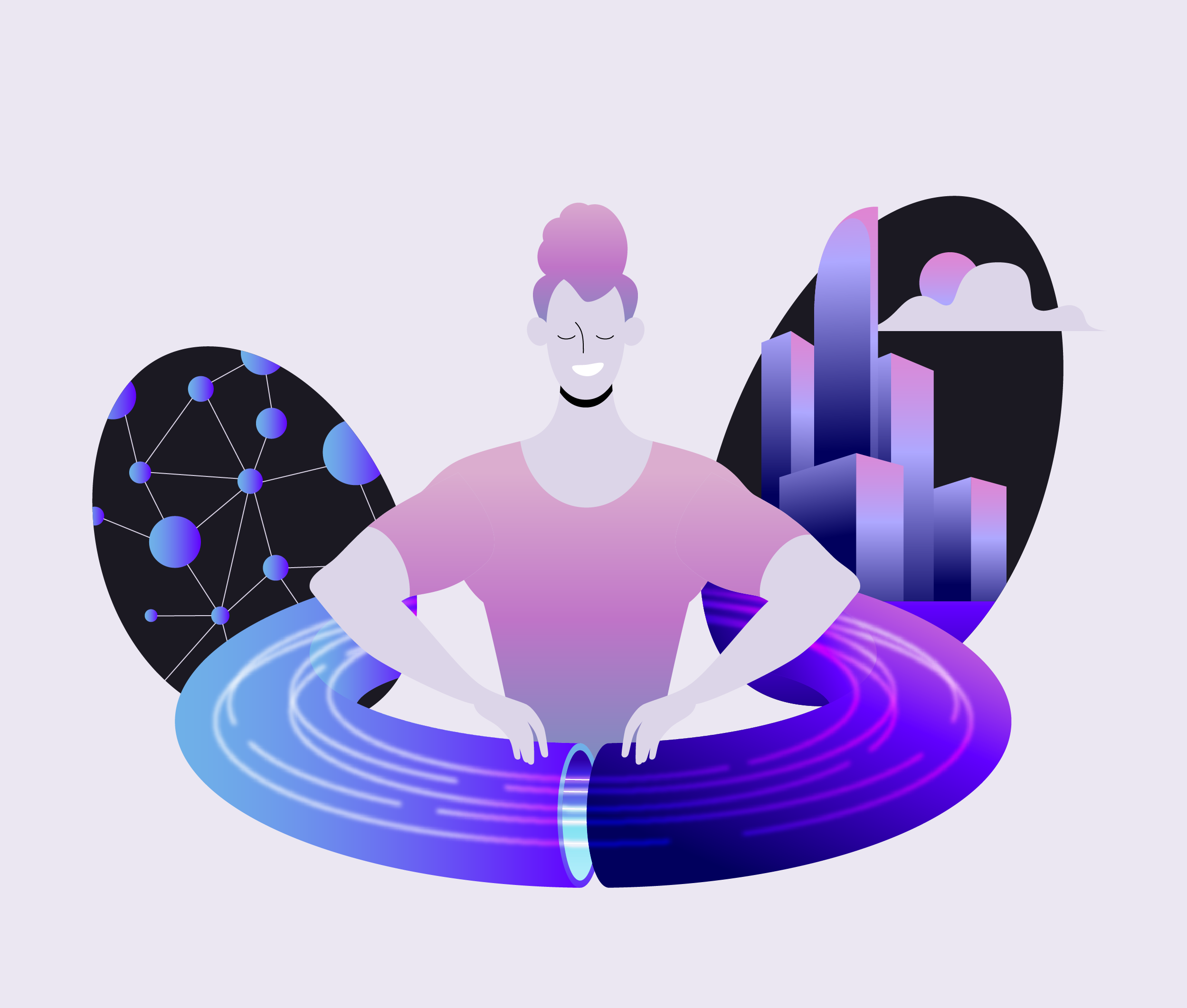
Say it’s Bob’s birthday on January 15 and Alice wants to collect sweet messages from all of his friends for his special day. Alice asks her friend Eve, who happens to be an awesome video editor, to put together a video of Bob’s friends wishing him a happy birthday. Bob’s friends send their birthday messages to Eve, who edits and aggregates them into a video which Eve then sends to Alice. On January 15, Alice shows this video to a very excited Bob.
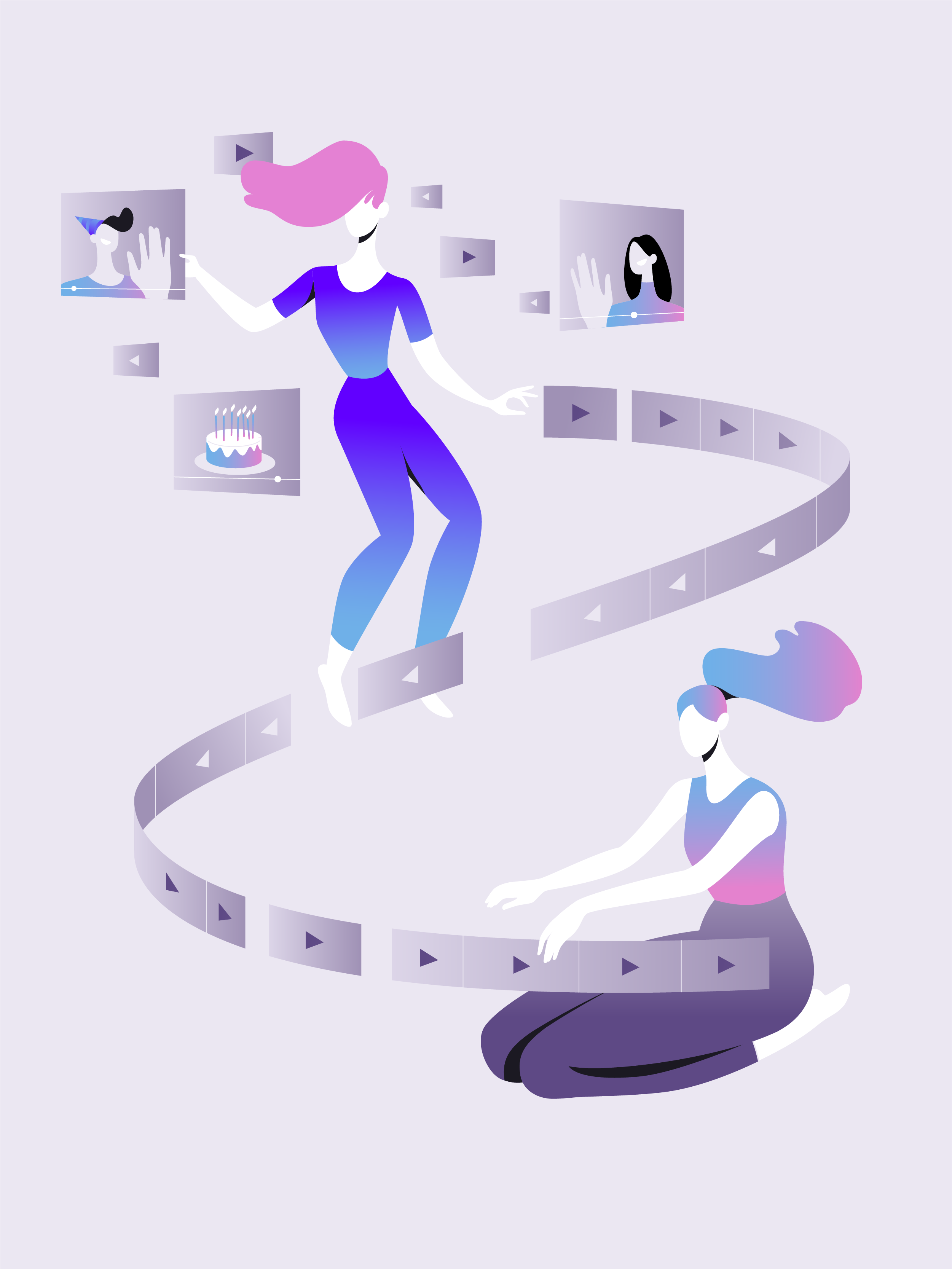
In this example, Alice, who asks Eve for the video, is like a smart contract asking an oracle network for some data. The oracle, Eve, in turn aggregates this data from a set of data providers, Bob’s friends, to provide the smart contract with the data it needs.
This is just one data request, but the SEDA network handles many more, with a bunch of parties doing this at the same time, editing the same videos with the same instructions, coming (as close as possible) to the same product.
A superhighway for data to flow on
SEDA is revolutionizing the way data is accessed and shared by decreasing our reliance on centralized entities.
SEDA is building the super highway for data to flow on. It allows users to trustlessly and easily interact with various networks without needing to do anything different. SEDA also uses economic incentives to keep our network participants honest and the network reliable.
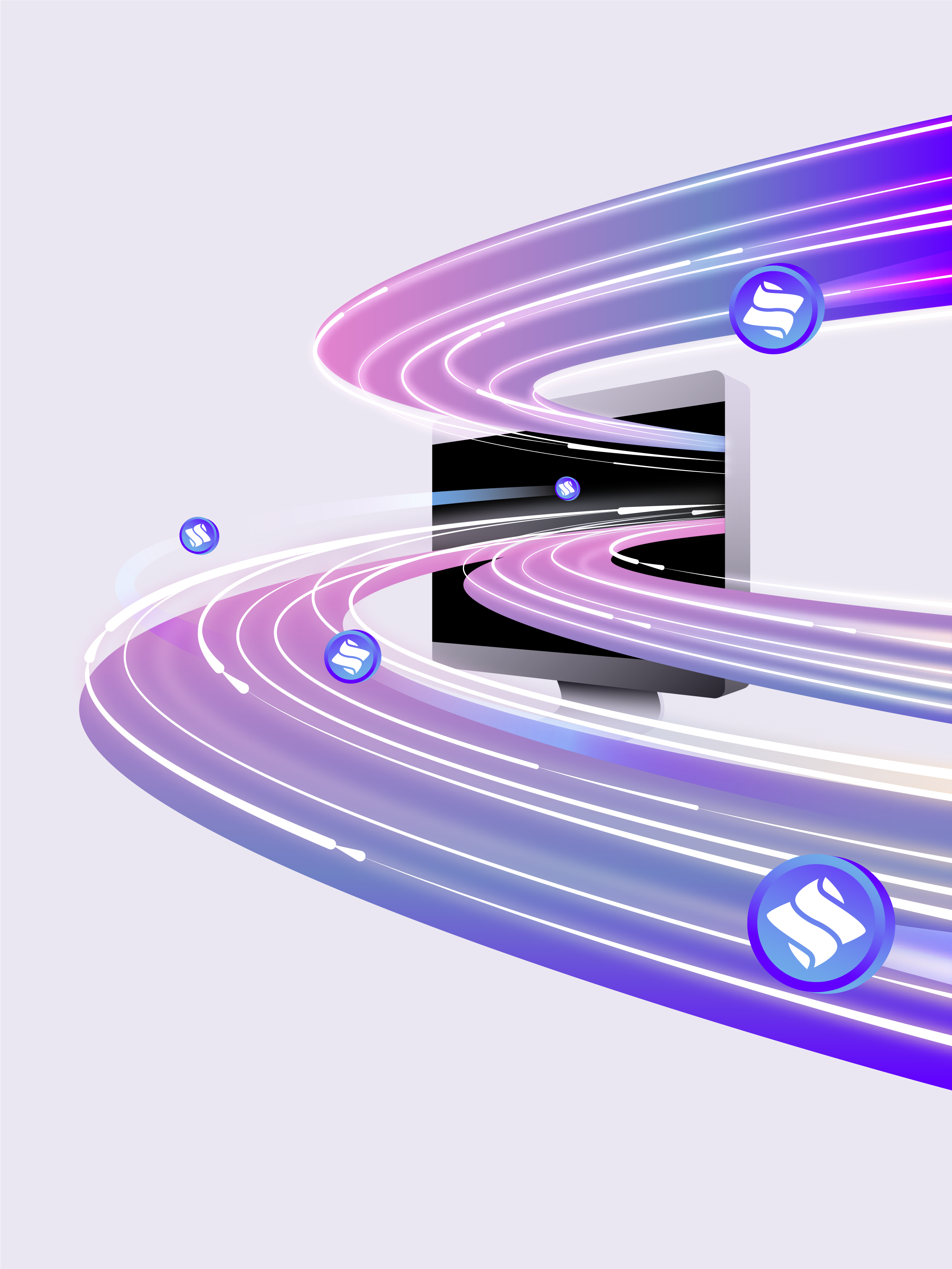
Through SEDA, we are ensuring that the pipelines that carry data in the new internet are trustless— nobody can manipulate that data or get access to it between applications, blockchains, and the real world.
